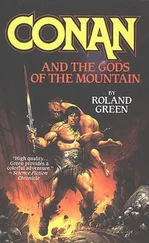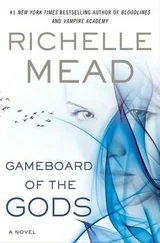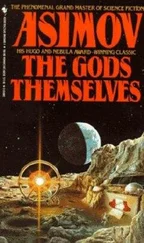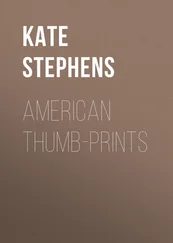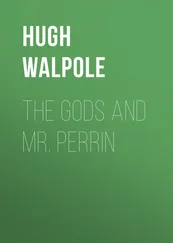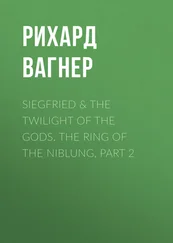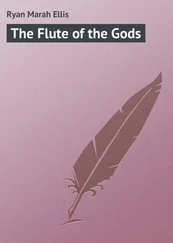“Three-dimensional scan,” he instructed. “Full spectrum analysis.”
The drones began their methodical plotting of the trench. The expedition was able to work on the inhospitable planet without survival suits thanks to three inflatable-walled domes, forty metres in diameter with airtight doors every ninety degrees for interconnectivity, each kept in place by desert rocks heaped into external perimeter troughs. Govannon heard the soft thump of boots upon sand and turned to see a figure approaching from the connecting tunnel to the neighbouring dome.
He was still not sure what to make of Professor Cadmus. The burly English academic was supremely qualified and an alumnus of both Oxford University and the renowned Institute of Archaeology, University College London. Govannon’s assumption that his colleague would share his views on the non-existence of ancient aliens was rocked when Cadmus revealed he was on Falsafah as chairman of the recently-established Que Qiao Alien Encounters Board. Govannon, having visited Daode in Epsilon Eridani, remembered with affection how the local Que Qiao government were quick to discredit all sightings of the legendary alien greys. That the corporation had such thing as an Alien Encounters Board was puzzling.
“Doctor Jones!” called Professor Cadmus. He waved to Govannon with the touch-screen slate in his hand. The brown jacket and trousers he wore made him look every bit the academic, an image reinforced by a grey square-cut beard in a style most agreed had never been in fashion. “I need you to sign off the site report. I trust your records are up to date?”
“All but the context scans for this one,” Govannon told him, raising his voice against the buzz of the mapper robots. Using the tip of his trowel, he pointed to the tiny rotor-driven machines whizzing up and down above the new extension to the trench. “I’ve only just got the drones back from your lot on trench fifteen.”
Professor Cadmus had barely kept away from Govannon’s work at the arch over the last fortnight. He went to the edge of the pit and peered at the triangular edifice, singularly unconcerned that his presence would be captured by the scanning equipment and recorded for posterity. Govannon was more worried about the panels and wires reinforcing the trench, which were visibly buckling under the strain of keeping the weighty professor away from the business end of a minor landslide. Hestia retreated to a safe vantage point behind Govannon, having caused an embarrassing trench collapse the day before.
“Impressive,” Cadmus remarked. “Did you find time to take samples of the glass?”
“Bagged and logged,” confirmed Govannon. “I had a quick look under the microscope and it has the same weird cellular structure we saw before, like a silicon version of fossilised wood. I’m guessing the main outcrop is of the same origin as the vent, see?”
“You mean the tomb and the doorway?”
“We still have no proof that this is an artificial structure!”
“Of course it is!” snapped Cadmus. “Does any of this look natural? Here we are, standing on the eve of the greatest discovery of all time and still you deny what is laid plain before your eyes. Be serious, man!”
“Standing on the eve, is it?” retorted Govannon. He leaned wearily against a convenient wheelbarrow. “It’s you on the edge of that trench I’m worried about.”
Cadmus smiled and stepped back from the pit. “Why do you still doubt? Are you not as keen as I to prise open that door and see what wonders are waiting beyond?”
“Door, is it? All my eyes see is…”
“You need to look beyond what you can see! Can you not open your heart and mind to the possibility of what we may have discovered here?”
“I am not prising anything open until we get clearance, see!”
“Don’t be so officious! The past belongs to all.”
“Since when has our dear sponsor been so magnanimous?” retorted Govannon. It had recently come to light that funding for the excavation had come from the Alien Encounters Board and thus the Que Qiao Corporation, for reasons not yet made clear.
“The Dhusarians think we’re desecrating a holy site,” added Hestia.
“And no doubt that idiot Dagan will take great pleasure in reminding us of that if he’s still hanging around the depot,” said Govannon. A young Arab man and self-proclaimed defender of the Dhusarian faith had made his presence known during their previous visits to meet their ship. “I’m sure it was he who sabotaged the ’risor so it wouldn’t serve tea.”
“I’m in charge here on Falsafah!” declared Cadmus. “We are archaeologists, scientists, seekers of the truth! What happened to the thrill you felt barely two weeks ago when the desert revealed what lay beneath? Both you and that student helping you could hardly contain yourselves! What was her name?”
“Ravana,” said Govannon. “She was a good kid. It was a shame she had to leave.”
“She had no doubts about what we’ve found here. Why have you?”
Govannon opened his mouth to reply, wondering whether the professor was aware he had caught Ravana trying to compare the carvings with the very odd version of the Dhusarian Isa-Sastra on her slate, then shrugged.
“Tell him what you found,” prompted Hestia. “The oxygen tank.”
“I still need to make sure it’s not one of ours!” hissed Govannon.
“What’s that?” asked Cadmus. “A tank?”
Govannon nodded. “It was just below the surface, barely a metre away from the vent. I mean the arch,” he corrected, seeing the professor’s steely glare. “It’s a small cylinder from a survival suit, though an old design. But the stratification is very muddled. We discovered overlapping areas of infill, see? It’s almost as if the site has been excavated before.”
Cadmus raised a surprised eyebrow. “Can you put any dates to that?”
“Optical dating in the south of the trench falls within a similar range to the rest of the site,” Govannon told him. Quartz within the glass, bleached by ancient sunlight, once buried had slowly baked in the background radiation of Falsafah’s desert sands. Optical dating, or optically-stimulated luminescence, was a way of using the resulting atomic changes in the quartz to estimate how long the mysterious structure had lain undisturbed beneath the sand. “The dates suggest the desert encroached within a thousand years or so after it formed. We’re talking about events a hundred thousand years old, so it’s hard to be accurate.”
“After it formed?” asked Cadmus. “After it was built, you mean.”
Govannon ignored the interruption. “However, there was a disturbed area to the north above your so-called arch, see?” he continued. “Optical dating suggests it was exposed to sunlight a mere twelve thousand years ago. It’s curious, but the infill was localised and cuts through two metres of sand. There’s also signs of more recent activity.”
Cadmus’ eyes narrowed. “The cylinder you mentioned?”
Govannon shrugged. “It may have been buried by one of the students as a lark.”
“I understand you even accused Xuthus of carving those symbols,” said Cadmus, shaking his head sadly. “I think you know your students better than that!”
“You have your theories,” Govannon replied softly. “I have mine.”
“Yet we have but one site report to compile,” the professor replied. “Which, as I said, needs to be updated before we meet the ship. Hopefully, my superiors have had time to chew over the last instalment and are ready to give us permission to open that door.”
“Volcanic vent!”
“Whatever,” sighed Cadmus wearily. “Just write your damn report.”
* * *
Xuthus shifted uncomfortably upon his kneeling pad, which did little to ease the throbbing pain in his back that had been building all morning. He had scraped away at a section of wall for what seemed like hours and the screech of trowel against glass that so annoyed fellow student Urania was no longer funny. His overalls were crumpled, his pale skin was streaked with dirt and sweat, his hair felt disgusting and his knees hurt almost as bad as his back. He tried to tell himself he was fortunate to live in Bradbury Heights, where the city’s academy allowed sixteen-year-olds with the right aptitude to start university two years early, but archaeology was not as fun as he had hoped.
Читать дальше



